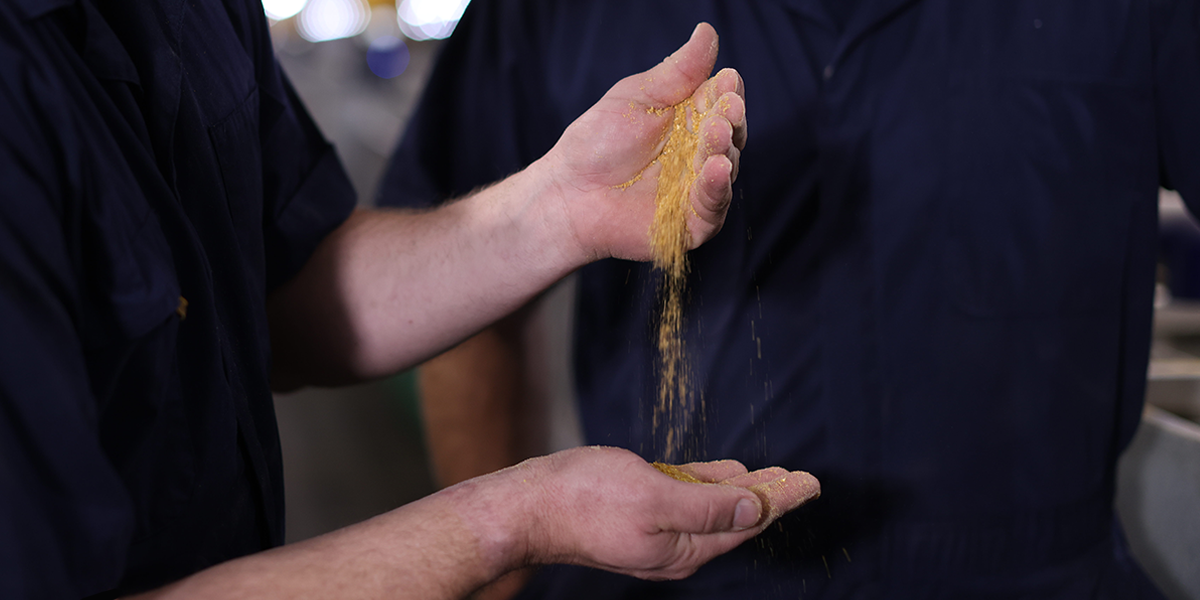Where does your operation rank within the industry for sow mortality? In the U.S., average sow mortality is 14% and has been rising year over year for the last decade. If your sow mortality is at or above the industry average, you may only be breaking even on your sows, at best. A sow does not become profitable until parity 3. With current sow mortality rates, and average herd parity at 2.8, we as an industry are only breaking even.
Zinpro® has provided solutions to aid in reducing sow mortality by targeting lameness and foot health, but there is much more to Zinpro® Performance Minerals® than just reducing lameness.
Fortunately, minor adjustments in sow nutrition can have major impacts on sow mortality and your system’s bottom line. In this post, we cover the primary causes of variation in system profitability and the adjustments that can help us make the 14% mortality status quo a thing of the past.
Three Metrics That Cause Variations in System Profitability
Over the years, we have had several conversations with pork producers to understand what affects profitability on their operations. Through these conversations, we have determined that 98% of the variation in system profitability comes from three metrics:
- Price paid per pig
- Cost per pound of gain
- Cost per weaned pig
Price paid per pig reflects the cash and futures market. Cost per pound of gain, although important, is more impactful for nursery and growing pigs than it is for sows. The third metric, cost per weaned pig, is the most important to the sow farm. The formula for cost per weaned pig is relatively simple: dollars spent on a sow divided by the number of pigs she weans.
But this encompasses many different areas of spend. Sow costs include feed and medical costs, but also facility, maintenance and labor costs. There are two ways to reduce your cost per weaned pig:
- Reduce the amount you are spending.
- Increase the number of pigs weaned.
Implementing Zinpro®Availa® Sow into gestation and lactation diets can improve sow robustness, leading to better sow health and improved sow longevity. This will provide a direct benefit to profitability by reducing input and replacement costs. Improving sow health will also improve performance: more pigs born alive results in more pigs weaned.
Reduce Spending Per Sow
This is how many pork producers choose to reduce their cost per weaned pig. One way to reduce spending per sow is to build robust sows. This will improve their health and longevity in the herd, allowing them to produce more piglets and wean more pigs throughout their lifetime.
A system that we worked with reported that 9% of their sow removals were due to lameness. When this system implemented a year-round sow nutrition program that included Zinpro Availa Sow, the removals due to lameness fell by 25% (from 9 to 6.7%) after one year and by 56% (from 9 to 4%) after five years.
What does this mean, financially speaking? By reducing sow lameness, Zinpro Availa Sow was able to reduce their cost per weaned pig by over 50 cents. What would this reduction mean for the profitability of your operation?
But as we mentioned earlier, Zinpro Availa Sow has more to offer than just reducing lameness. It can help improve the robustness of your sows, improving sow health and reducing mortality in more than just the lameness category.
In another system, implementing Zinpro Availa Sow reduced overall sow mortality by 2.5 percentage units. This included mortality related to not only lameness but other health reasons, as well as the infamous “unknown” category. The results showed a 26-cent reduction in cost per weaned pig.
Increase the Number of Pigs Weaned
The other way to reduce your cost per weaned pig is to increase the number of pigs weaned per litter. Increasing the number of pigs a sow weans throughout her lifetime will lower the average cost and improve profitability. Implementing Zinpro Availa Sow helps here too, by increasing the number of pigs born alive.
One pork producer experienced an increase of 0.25 pigs born alive across 17,000 first-parity females. This results in an increase of up to 0.55 pigs weaned per sow per year. To put this in perspective, at a market price of $30 per weaned pig, this is a boost of $16.50 per sow per year.
Let’s Connect: Reduce Sow Mortality
The industry-wide 14% sow mortality doesn’t have to be the status quo. Small adjustments to your trace mineral program can pay off in large ways for your system profitability. Our world-class team of experts is committed to helping you build robust sows and improving health outcomes; creating a healthier and more sustainable world for all. Reach out to your Zinpro representative to learn how formulating your sow nutrition program with Zinpro Availa Sow can bolster your system’s profitability.

